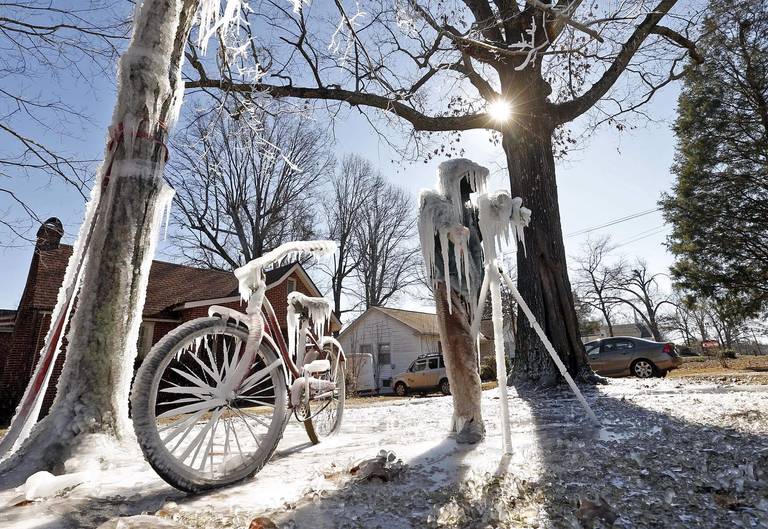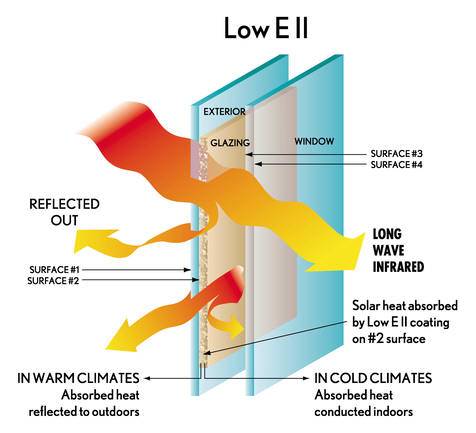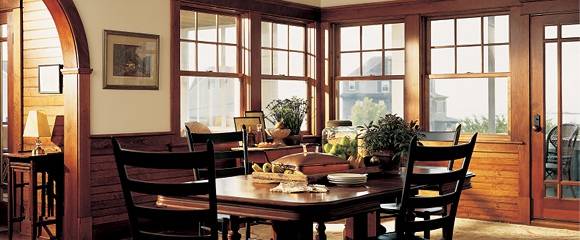The Truth about Bubble Wrap Window Insulation (Surprising New Data)
Today I'm going to show you how I improved [drastically!] the energy efficiency of my home using bubble wrap insulation on single glazed windows.
When I did it for the first time, it took me like 2 hours to insulate windows with bubble wrap.
Do you know how long it took me the next time?
Only 5 minutes.
But did it actually work?
I'll cover that in a minute.
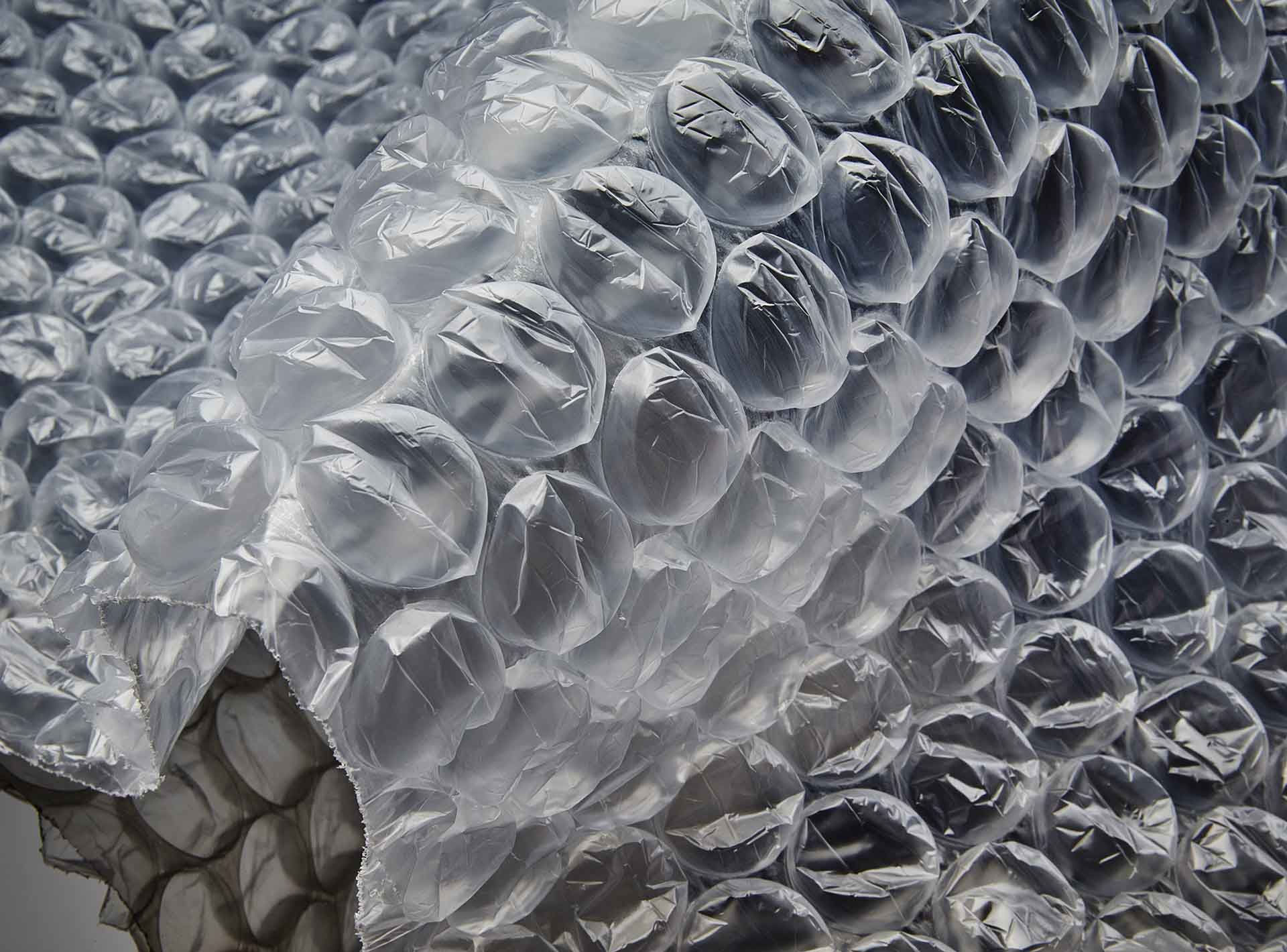
In this guide, you'll learn:
What is Bubble Wrap
There are many different products for protective packaging, and bubble wrap (also called "bubble pack") is among them. Actually, it is one of the most widely used protective packaging materials for safely shipping various fragile products.
Bubble wrap is available in many bubble sizes, ranging from 1/8" to 1/2" in diameter. You can use bubble wrap for wrapping and void-filling.
As a general rule, the smaller bubble is used for wrapping, and the larger bubble is used for void-filling.
Bubble pack provides the best cushioning protection against shock, vibration, and breakage. It also has superior elasticity, enabling the material to be stretched around irregularly shaped items, something paper cannot do.
Another advantage of bubble wrap is its ability to prevent product migration within a container. Product migration is common when using paper or loose-fill and can often reduce their protective effects.
Where to Get Bubble Wrap?
The main reason for using bubble wrap packaging material instead of commercially available window insulator film is that it is abundant.
People throw out bubble-wrap every day, and any modern product packaging is unthinkable without it.
For example:
You can find it in almost any product's package, which is excellent because reusing and recycling is a good cause as well.
Wrapping material with less space between bubbles is generally performing better as it holds more heat. So if you want maximum performance, try to find and select pieces of bubble wrap with bigger bubbles.
Is Bubble Wrap a Good Insulator for Windows?
Yes. Homes with single glazed windows, especially in cold climates, would experience the full effect of this simple heat loss prevention technique.
Although windows provide our homes with warmth and light, they can also be a significant weak spot in your home's thermal efficiency profile.
In fact:
You can cut down utility bills almost in half by applying ordinary bubble-wrap packing material on your windows to keep the heat in.
Here is the truth about bubble wrap insulation:
Using this technique on triple-glazed, energy efficient windows does not bring any improvement.
On double glazed windows, bubble wrap insulation does have some effect - up to 20% improvement in heat loss.
By insulating single glazed window pane with bubblewrap, you can reduce up to 50% of heat loss. It is easy and fun to install, a few minutes per window is more than enough.
You are stil asking why is bubble wrap a good insulator?
In fact, I'll explain the exact steps that helped me save 30% on my utility bills last year after I installed bubble wrap on a large single pane window.
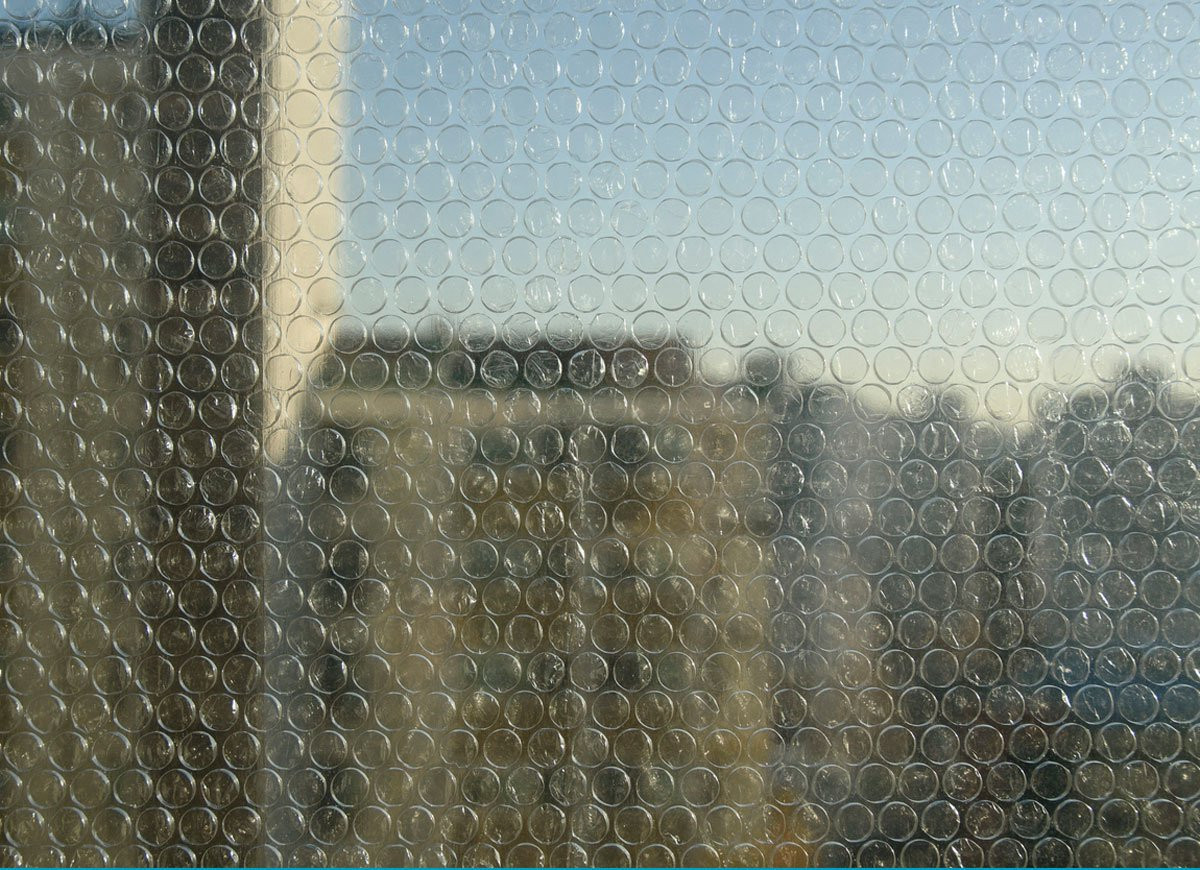
Bubble Wrap Insulation on Windows - Does it Work?
Yes, it does! We have tested the bubble wrap insulation on north-facing, single-glazed windows to see if it would prove to be a good insulator.
And guess what?
Bubble wrap insulation works well!
Gary from BuilditSolar also tested bubble wrap insulation performance, and he was genuinely amazed by the results, simplicity, and short payback period.
The only downside effect is that the view through the insulated window is a little bit fuzzy; however, it does let in plenty of sunligh.
If you are still not sure how to insulate windows, check out why we think bubble wrap is a perfect low budget choice for home insulation material:
- Good insulator due to its specific structure with small air pockets
- Made of thin plastic film which can heat up very quickly
- Cost-effective - Cheap or even free if recycled/reused
- Easy installation, only sprayed water is needed
- Can last on your windows for several years
- Short payback period
- It can be removed easily, peel it off from one corner and save till next year.
- Last but not least: it doesn't leave stains or sticky scotch tape leftovers on the glass.
How Good of an Insulator is Bubble Wrap?
Bubble wrap is an excellent insulator thanks to small pockets of air trapped within the bubbles. After applying bubble wrap insulation to your windowpane from the inside, tiny bubbles serve as a network of many insulating pockets filled with air.
Spoiler alert: larger bubbles are better!
Bubble wrap will instantly increase the insulation R-value (resistance to heat flow) of your windows by a factor of 1 (one).
It is a solid on a .
During the winter, some extra bubble wrap can effectively protect your home or greenhouse against the cold penetrating inside and prevent heat transfer out.
How to Install Bubble Wrap on Windows
Putting bubble wrapping on windows is very easy, no need for a double sided tape. Follow our proven installation steps:
- Select larger pieces of wrapping material, preferably with large bubbles;
- Use scissors to cut the bubble wrap sheet exactly to (or slightly smaller than) the size of the window glass;
- Using a spray bottle carefully spray a thin film of water onto the windowpane;
- Apply the bubble wrap insulator with the bubbly side going directly onto the wet glass;
- Press it carefully until you see that it holds firmly.
After installing the bubbly window insulator, you can sit back, relax, and enjoy the fuzzy artistic view of the outside world.
Now watch how your electricity bill goes down.
Don't forget to reuse the same bubble wrap sheets next year, peel them off after heating season is over.
Now, let's be clear about something:
Bubble wrap is not the best possible window insulation, but it is very cheap, fun, and easy to try.
So should you bubble wrap windows?
Yes! We encourage you to use it in your home to wrap windows, and you'll be amazed with the result.
Bonus Tips for Winterizing Home Windows
Finally, if you don't have any bubble wrap lying around, here are a few alternate lifehacks:
- try to soak up the sun's energy in your home using a simple water-powered solar heat gain battery;
- staple an old blanket directly on the wall surrounding the window frame;
- use an actual garbage bag to prevent air leaks;
- install thermal curtains made of aluminum foil;
- fill the cracks around drafty window with rope caulk, melted candle wax or hot glue;
- vacuum up pet hair or dust bunnies and cram it into the cracks for extra-warm insulation.
But that's for another post:
Do you want to learn the less known (but useful) home winterization technique: how to prevent the cold from penetrating through your home insulation and how to keep the cold from coming through windows.


